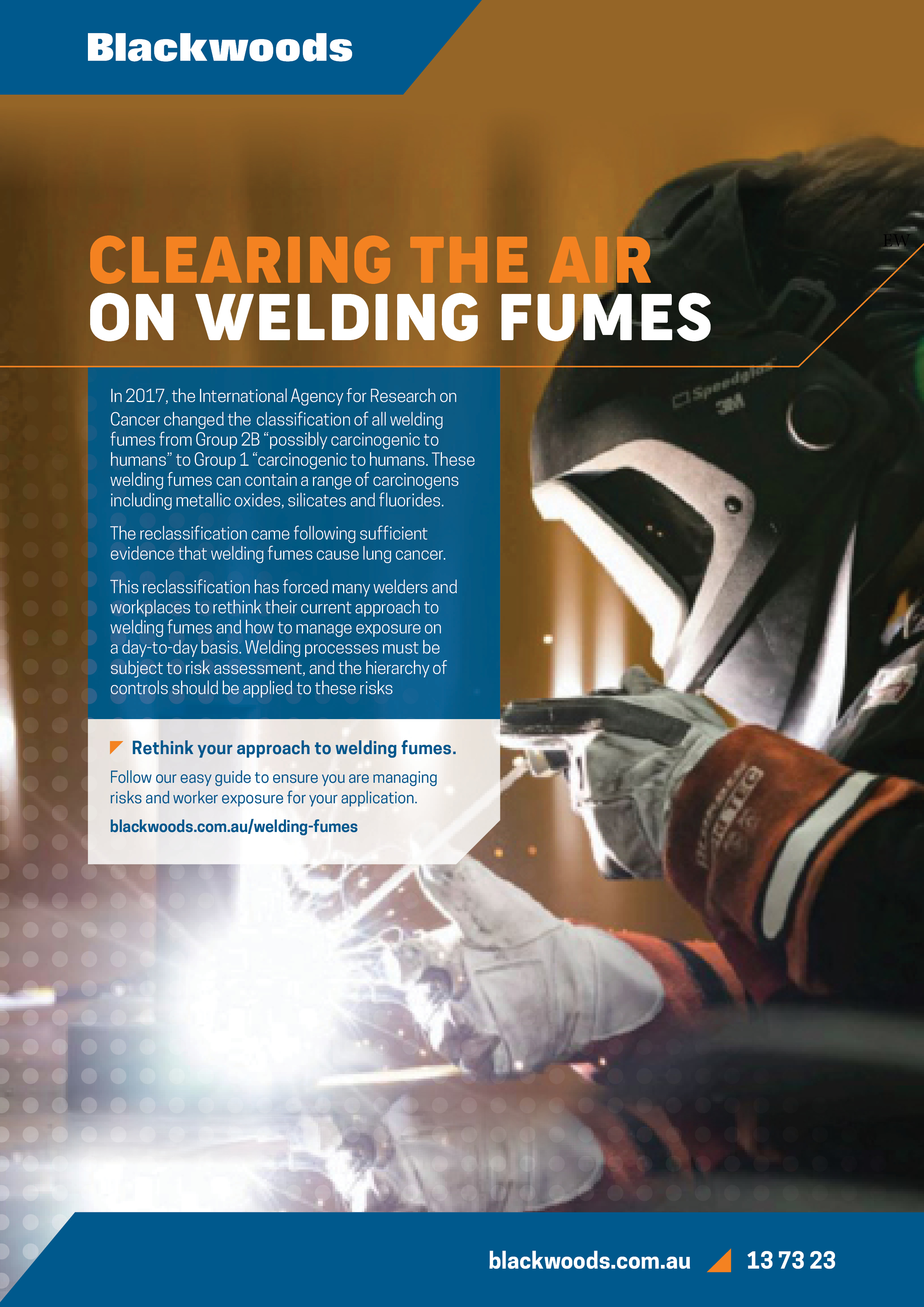Select Delivery Method
Please enter your delivery address to check availability.
Please select your click and collect pick up Branch to check availability.
Managing Exposure to Welding Fumes in Mining
The International Agency for Research on Cancer recently reclassified welding fume from Group 2B “possibly carcinogenic to humas” to Group 1 “carcinogenic to humans”. The reclassification came following sufficient evidence that welding fumes causes lung cancer.
After assessing mining operations at a number of NSW sites, the NSW Resources Regulator identified that a number of operators have not identified or acted upon this reclassification, and had failed to apply the principles of the hierarchy of controls to manage welding fumes. The inspections also identified that:
- Where respiratory protection in the form of air-stream welding welmets was provided, a higher order control such as local exhaust ventilation to remove the fumes was not always considered or implemented.
- Where airstream helmets were not always individually issued and were not being used on a regular basis and that workers were not familiar with the care and maintenance and the replacement of filters on these units.
- There was a reliance on natural or fan-forced ventilation to dilute fumes without consideration of other workers in the vicinity.
- Contract maintenance workers appeared to be better informed of the risks associated with welding fumes and were more compliant with the appropriate selection, use and manintenance of personal protection equiment (PPE).
- Operator of underground mines had not considered the implications of contaminating the underground ventilation circuit with welding fumes and ecposing other workers in the vicinity.
- Workers were not always provided with adequate information, training and indstruction in the carcinogenic risk and appropriate controls for welding processes.
- Occupation hygiene monitorin of worker's exposure to welding fumes and ultraviolet radiation was not consistent across the industry.
Recommendations
Following the assement and subsequent findings, the NSW Resources Regulator has made the following recommendations:
- Welding processes must be subject to risk assessment, and the hierarchy of controls applied to controlling the risks associated with welding fumes.
- Appropriate information and training should be provided to all workers at risk from welding fumes, including contractors.
- Appropriate PPE must be provided to at-risk workers who undertake welding work.
- Mine operators should develop and implement processes to monitor and assess compliance with identified risk controls.
- Occupational hygiene assessment and monitoring programs should be expanded to incorporate worker exposure to welding fumes.
Time to rethink your approach to welding fumes?
Follow our easy guide 'Clearing the Air on Welding Fumes' to ensure you are managing risks and worker exposure for your application. Our guide explores:
- Workplace exposure standards.
- Managing dangerous levels of exposure.
- Short-term and long-term health implications.
- Applying the hierarchy of control to welding risks.
- Suitability of fume extractors and choosing the best solution for your application.
- Suitability of personal protective equipment including disposable respirators, reusable respirators and powered air purifying respirators.








